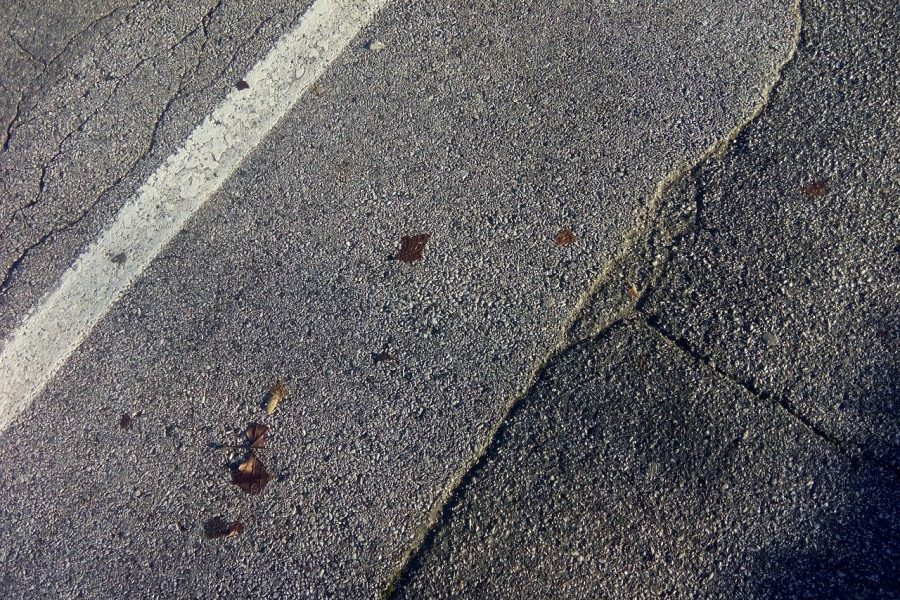Almost five years ago, the California Legislature passed, and then-Gov. Jerry Brown signed, Senate Bill 1, hiking fuel taxes to raise $52 billion over 10 years for overdue road repairs. For all the revenue raised and spent, the condition of the state’s highway system continues to decline.
Under SB1, state gasoline taxes are 21 cents higher per gallon than they were in 2017, for a total of 64 cents a gallon. Diesel fuel taxes are now more than 83 cents a gallon. One would think the roads should be in better shape, thanks to the stream of new money. But no. According to the Reason Foundation’s 26th Annual Highway Report, released in November, California ranks 45th in the nation, two spots lower than where it landed in the previous report.
Using 2019 and 2020 data, Reason’s Baruch Feigenbaum evaluated the overall highway performance of the state highway systems and found that California:
- Is one of six states in which 43% of the urban arterial primary mileage is in poor condition.
- Ranks 43rd in traffic congestion.
- Ranks 44th in urban interstate pavement condition, and 40th in rural interstate pavement condition.
- Is 44th in total revenue disbursements per mile.
- Is 41st in capital and bridge disbursements per mile.
- Is 47th in maintenance disbursements per mile.
- Is 38th in administrative disbursements per mile.
- Is 40th in rural disbursements per mile.
California’s best ranking is 25th, where it placed in both overall fatality rate and structurally deficient bridges.
Voters had a chance in 2018 to repeal SB1 through Proposition 6. But 57% rejected the effort. So Californians are stuck with higher taxes, construction progress that is “lagging,” and funding that is “sufficient only to complete less than half of the work needed.”
Policymakers could do a better job of keeping their promises if they didn’t siphon off revenues supposedly dedicated to road repair and allocate them to unrelated expenditures.
Automobile registration fees – increased under SB1 – and various motor vehicle fees have been funneled to the California Department of Food and Agriculture, the state Department of Parks and Recreation, the General Fund, and local law enforcement. The state has also made political rather than practical “investments” in bicycle and pedestrian transportation infrastructure, and few states pour as many transportation dollars into public transit as California, where ridership has been falling.
Not that the misallocation of fuel tax revenue is a new development. It’s been a long-time favorite among politicians (as has wasteful spending). Congress has been doing it since 1982.
That doesn’t make it right, though. It leaves fewer resources for road and highway needs, and violates the users-pay principle.
Given the state’s history, there’s little reason to believe that California will rank higher on Reason’s next highway report. Or the one after that. The crumbling infrastructure has been neglected for years if not decades. It’s almost as if policymakers have declared a war on cars.
Kerry Jackson is a fellow with the Center for California Reform at the Pacific Research Institute.


